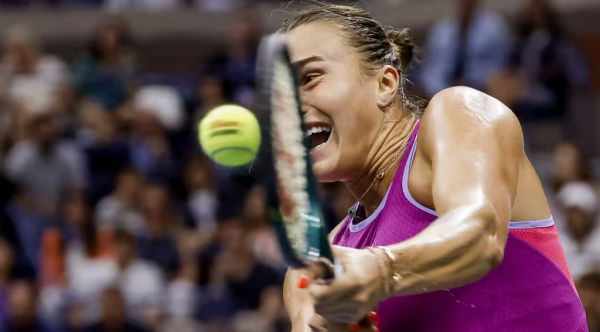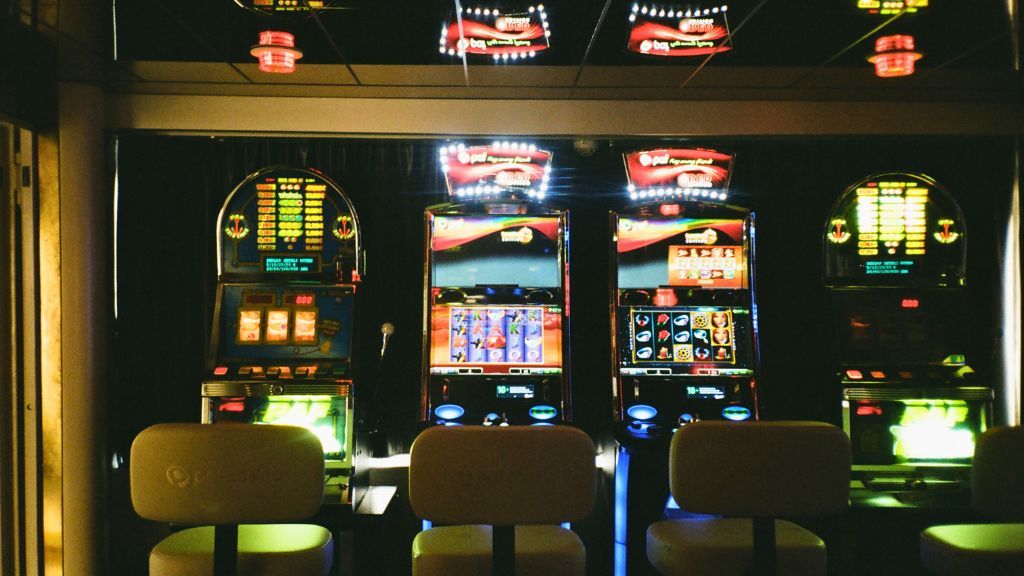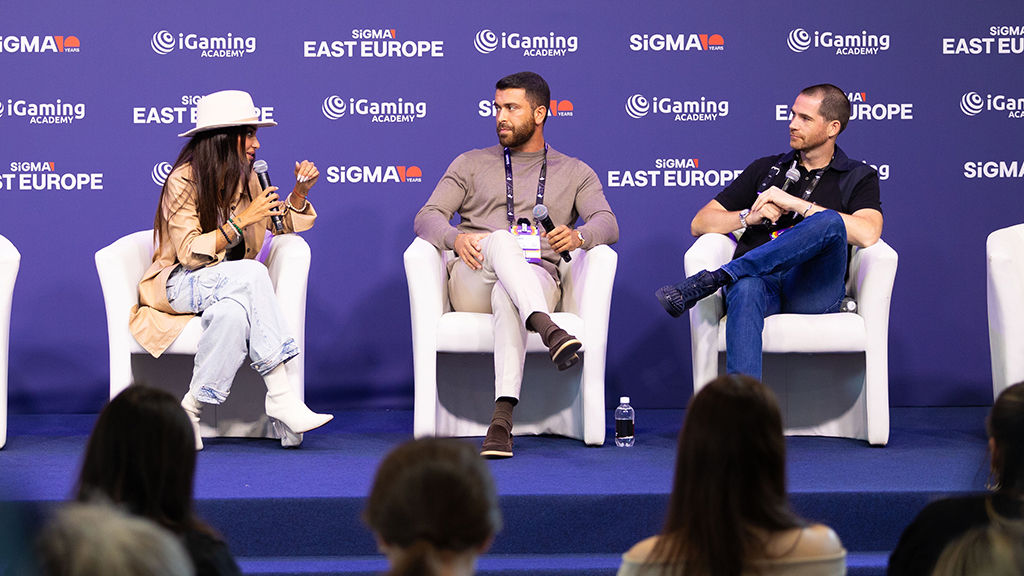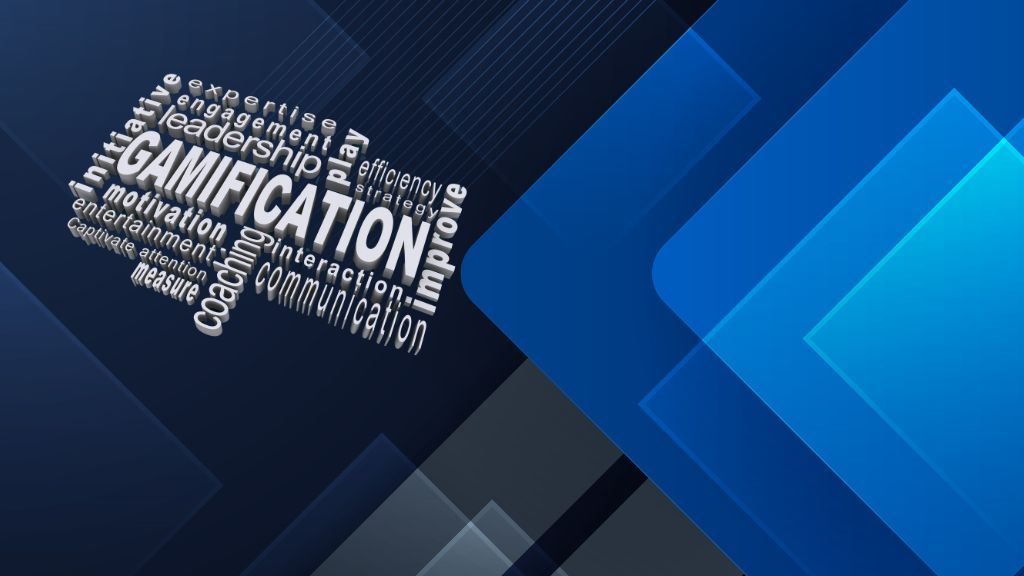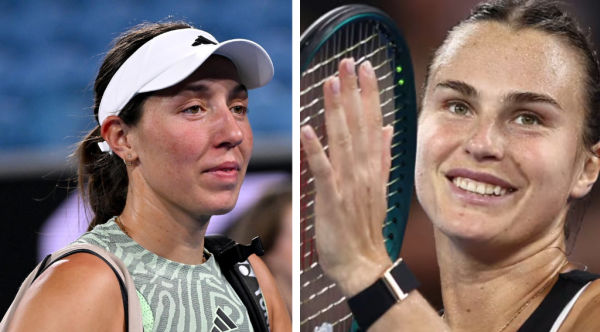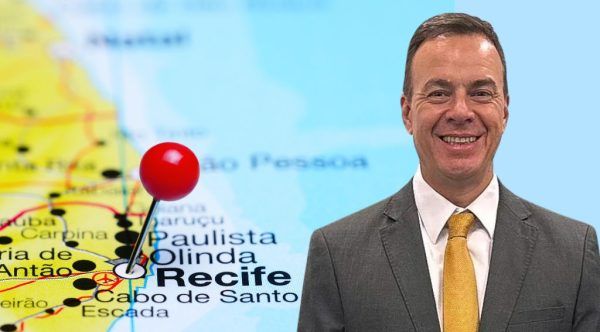Experts have called for a better approach to reinstating players who were previously on self-exclusion lists. In the USA, 3.5% of gamblers have issues with gambling.
In the USA, the National Council of Legislators from Gaming States (NCLGS) met during the Summer Meeting in Pittsburgh. One of the panels focused on voluntary self-exclusion programmes, questioning the different approaches that greatly vary between states.
“It’s dramatically different in each jurisdiction,” explained Massachusetts Council on Gaming and Health CEO Marlene D. Warner on Wednesday, adding, “Reinstatements are becoming more the rule than the exception in terms of having some criteria and not just, poof! One day your time is elapsed.”
Need for empathy
Panellists explained that formerly self-excluded players returning to casinos were treated like criminals and argued that commercial and tribal gambling operators need to rethink their approach when interacting with these returning players.
Jennifer Shatley, executive director of the Responsible Online Gaming Association, wished to remind everyone that gambling addiction is foremost a mental health issue: “It’s a very complicated issue. You need to think about it as a mental health issue and what’s the best approach to it, rather than making this a criminal activity or an enforcement mechanism against everybody else.”
Warner agreed: “This isn’t meant to be a criminal proceeding. They’ve asked for your help. Lend it to them. Think about it as a compassionate approach and make sure they’re escorted out with respect.”
State-by-State variations
In some states, such as Rhode Island, people on VSE are mandated to seek therapy before they can gamble again, regardless of whether their time off has expired.
In other states, players must submit a petition and be subjected to a screening with a board.
In some states like New Jersey or Pennsylvania, a player simply needs to submit a reinstatement form.
Passive or active reinstatement
There are two approaches to reinstatement: the active process, where players must actively apply to end their exclusion, or the passive process, where reinstatement happens automatically once the exclusion period expires. Requiring a self-excluded gambler to write a letter to request reinstatement at or near the end of the exclusion term is an example of an active reinstatement approach.
A study on VSE reveals that the vast majority (97.8%) of gamblers were either “quite satisfied” or “very satisfied” with their mandatory meeting experiences.
“There are some, however, that argue that mandatory counselling may only benefit those that are receptive and motivated as well as deter gamblers from entering into a self-exclusion programme to begin with” reads a study on best practice for reinstatement and renewal.
A variety of profiles
Some panellists addressed the issue of the assumption that signing up for VSE implies having a pathological gambling problem. For example, in many states, while completing the forms to self-exclude, a player must agree that they have a gambling disorder or issue.
“That is probably not appropriate because, again, this isn’t a diagnosis,” Shatley said. “You don’t want to put in a deterrent to people signing up. So, if somebody doesn’t want to make that declaration, it may deter them from self-excluding, which they need to do. They don’t want to make that public declaration because it’s not true or they don’t want to make that declaration public. And those are some of the things you need to take into consideration.”
The truth, explained the panellists, is more complicated. “Certainly, it could be because they’re having gambling-related issues,” Shatley said. “Or maybe there’s been a death in the family and they realise they shouldn’t be gambling during this time. Maybe they’re just spending a little more money than they think they should at the time.”
WHAT’S NEXT: SiGMA East Europe Summit powered by Soft2Bet, happening in Budapest from 2 – 4 September.










